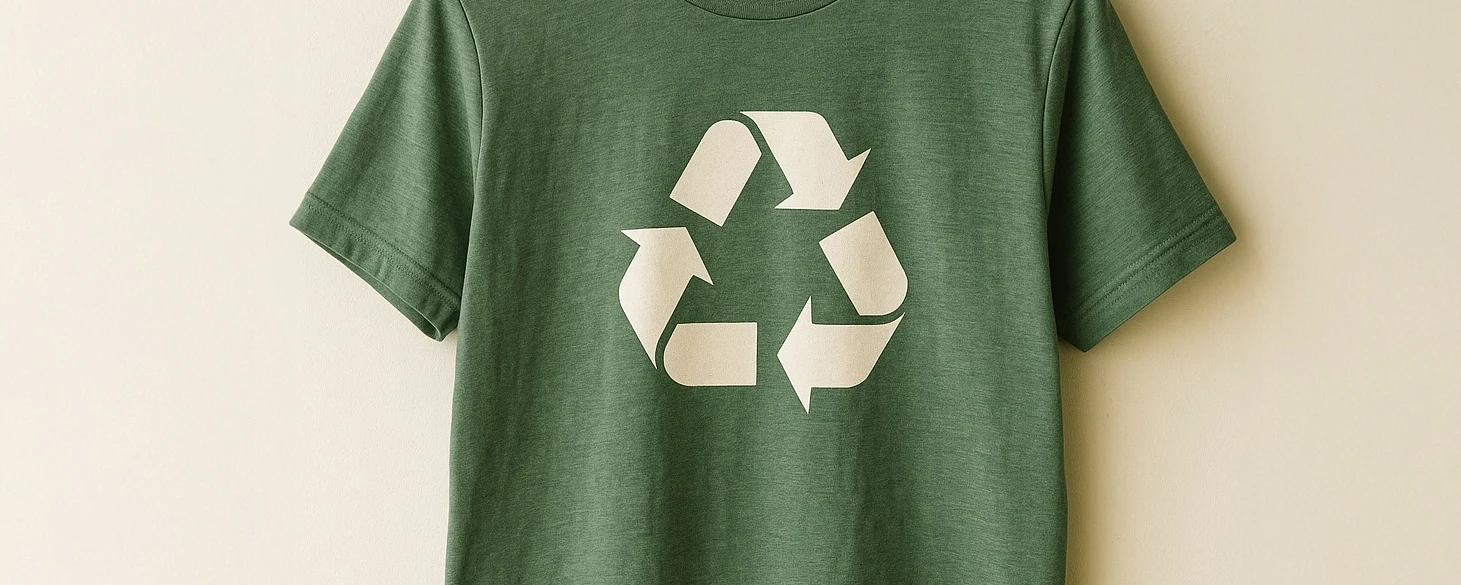The global fashion industry generates approximately 92 million tonnes of textile waste each year—equivalent to a garbage truck’s worth of clothing being landfilled or incinerated every second. It is responsible for about 20 percent of global industrial water pollution from dyeing and finishing processes and produces around 10 percent of global CO₂ emissions—exceeding the combined emissions of international aviation and maritime shipping.
Consumer behaviour exacerbates this crisis: one survey found that 20 percent of clothing in the United States is never worn, while in the United Kingdom up to 50 percent of garments go unworn. Across Europe, only 27 percent of textile waste is reused or recycled; the remaining 73 percent is burned or sent to landfill.
Dead stock—the unsold luxury inventory piling up in warehouses—represents a hidden environmental and economic disaster. Each unworn garment embodies wasted water, energy, and raw materials, and incurs disposal costs that drive up retail prices. The luxury fashion industry absorbs billions annually in overstock management, amplifying its pollution and carbon footprint and hampering the shift to circular production models.
With over 30 years of experience in luxury fashion distribution (founded in 1994), Styliafoe is revolutionizing how dead stock is managed. Partnering with around 100 suppliers—including major names such as Armani, Versace Jeans, and Calvin Klein—Styliafoe serves more than 3,000 retailers across 50 countries, rescuing unsold inventory before it becomes waste. By redistributing these items to discerning buyers, the company prevents thousands of garments from entering landfills annually, conserving resources and extending product lifecycles.
Styliafoe’s “All in a Box” lots include 50–200 rescued items at discounts of 80–90 percent off retail prices, enabling clearance-oriented retailers to offer sustainable luxury goods. For online and sustainability-focused partners, Styliafoe’s service ships directly from specialized logistics centres, with average order preparation and shipping times of 48 hours—eliminating the need for retailers to hold excess stock and reducing warehousing emissions.
Embracing circular economy principles, Styliafoe updates inventory in real time to align supply with demand, preventing overproduction and stockpiling. Its global network matches rescued items to the markets where they’re most valued, while customization services and advanced data analytics optimize inventory flow and extend garment lifecycles. This integrated approach transforms potential waste into high demand “rescued luxury” products.
Styliafoe empowers retailers to meet growing consumer demand for sustainability by marketing authenticated, rescued luxury items to eco-conscious customers. Transparent documentation highlights water and carbon savings, building trust and driving a cultural shift toward responsible consumption.
By leveraging its extensive distribution network and expertise, Styliafoe offers a scalable solution to fashion’s environmental crisis: brands recover value from overstock and reduce disposal costs; retailers access genuine luxury at competitive prices; and consumers enjoy designer products affordably—while collectively advancing a circular fashion economy that prioritizes quality, environmental stewardship, and lasting value.
